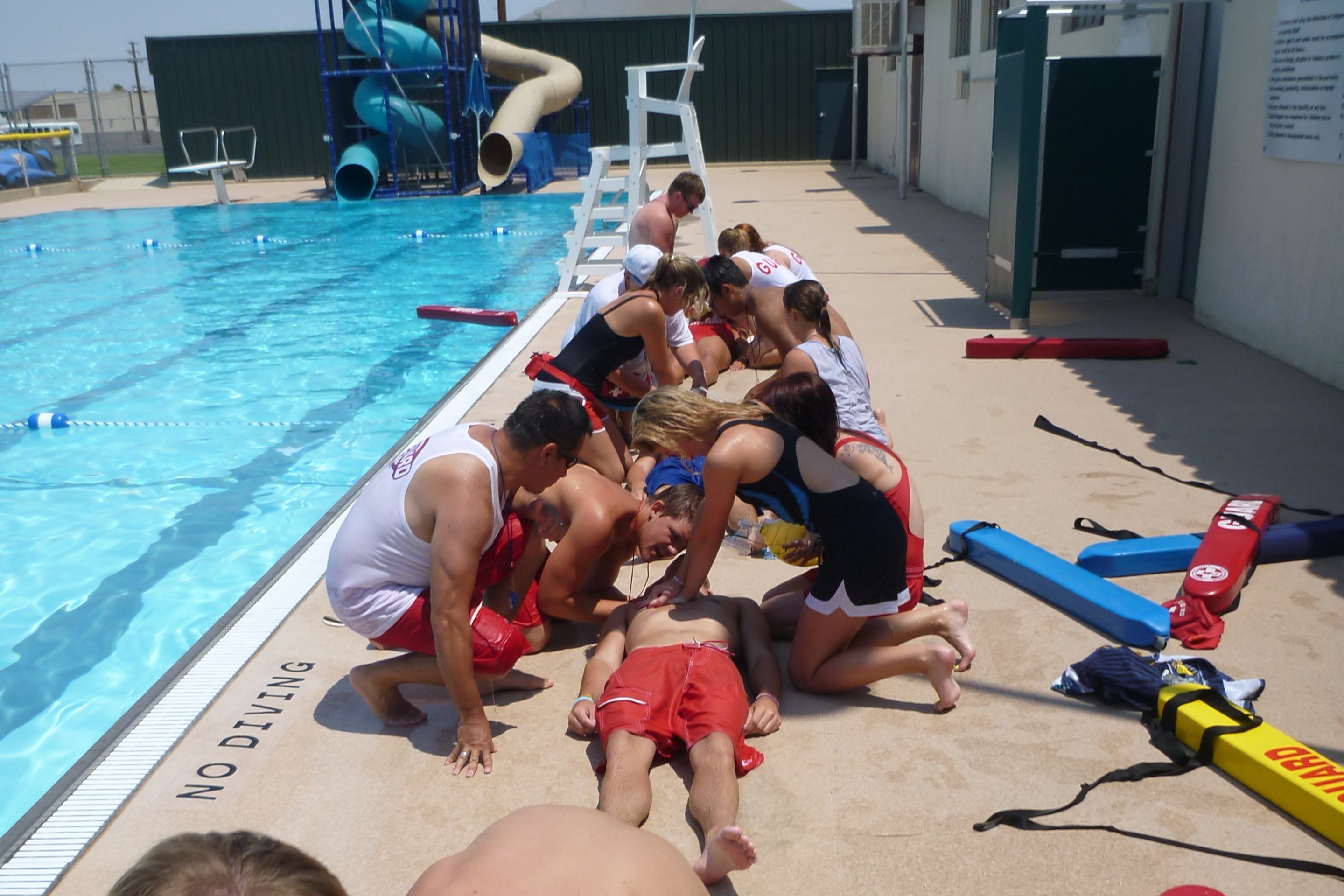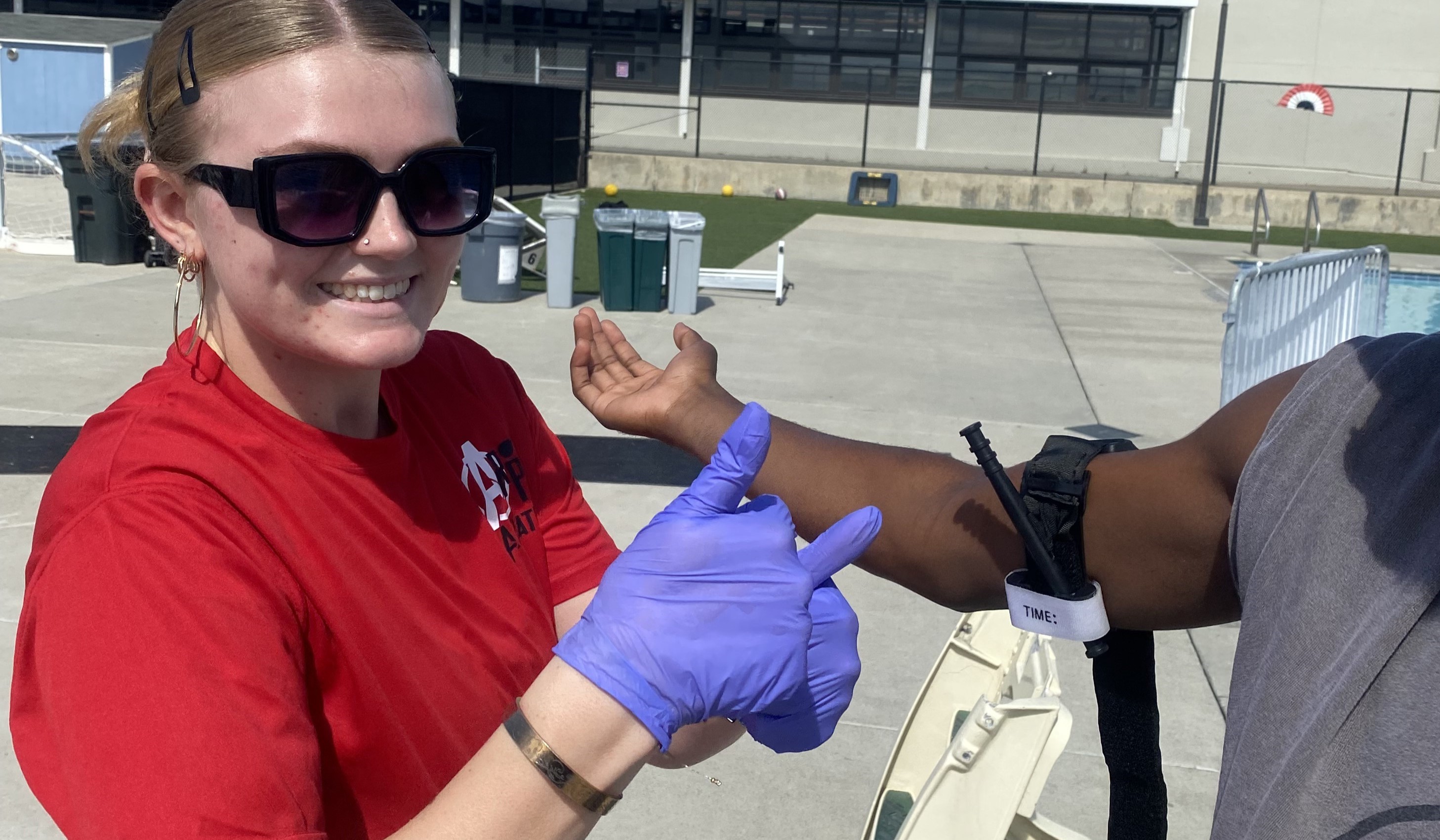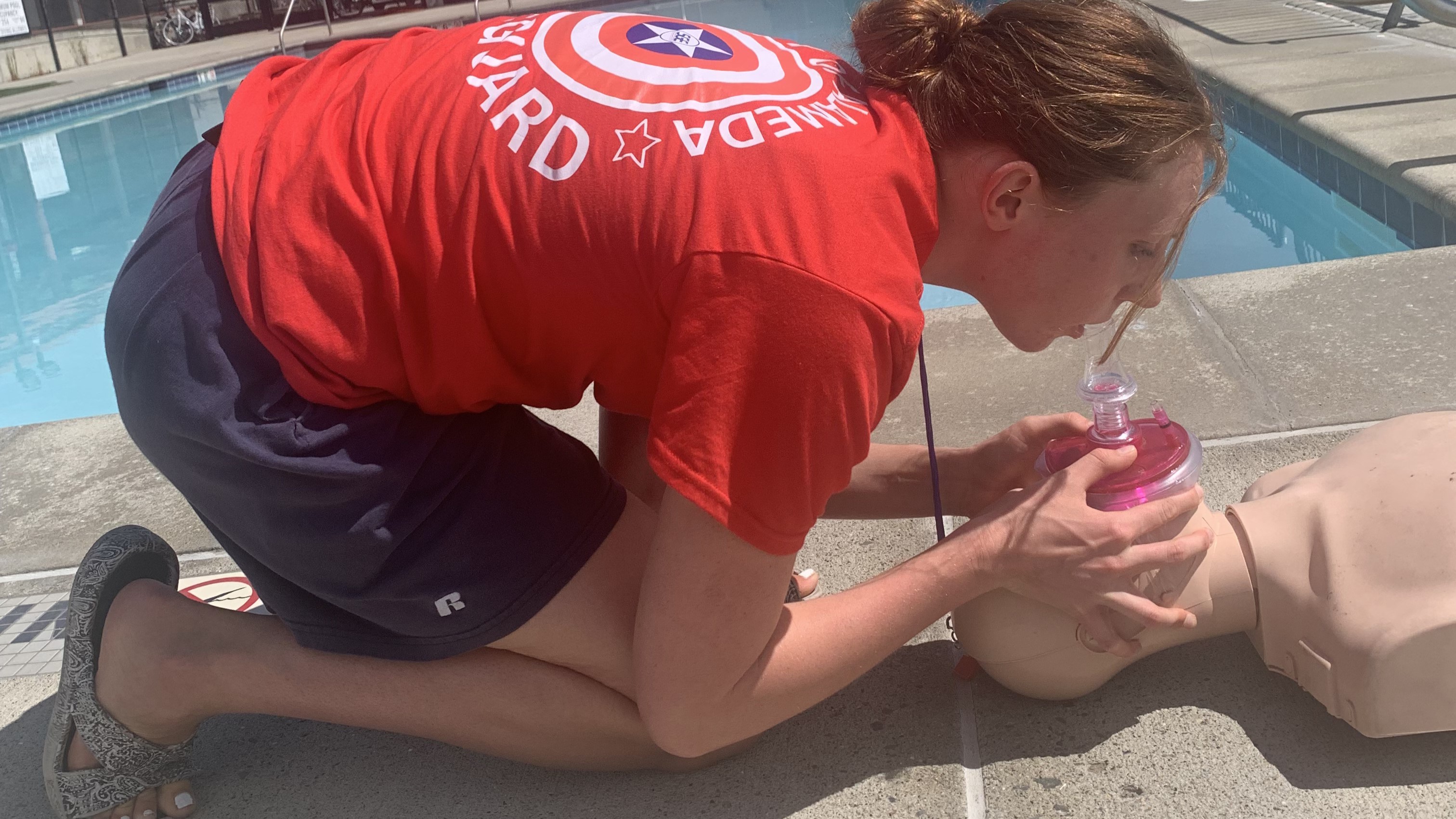One aspect of in-service training is scenarios. The goal of scenarios is to provide an opportunity for staff to perform and apply the skills learned into a predetermined environment with an expected outcome that the trainer is hoping to see and assess. If all goes well, the trainer will have a clearer understanding of each rescuer’s skills, the rescue team’s strengths and weaknesses, and the effectiveness of the agency’s emergency procedures.
However, 2020 closed aquatic facilities and/or reduce aquatic services for many agencies across the country. If your agency was fortunate enough to remain open, response to aquatic emergencies and patient care was likely altered. Now that the 2021 summer has arrived and in-service training has begun, we should focus these four areas within scenarios:
• Rebuilding institutional knowledge
• Proficiency in basic rescue skills
• Effective team communication
• Oversight by leads/managers within an emergency
Here is a scenario that will provide the framework for these four topics:
A 20-year-old male is submerged in the deep end of the pool (depth of 10 feet). One rescuer determines the victim is unresponsive. Two more rescuers arrive with an extrication board and AED to assist in the victim’s extrication. During the primary assessment, it is determined that the victim is not breathing, doesn’t have a pulse and has no severe bleeding. There are no indications that spinal precautions need to be considered. CPR and AED use must occur.
Rebuilding institutional knowledge: Trainers must verify that all steps in activating the Emergency Action Plan (EAP), whether it’s whistle blasts, air horns or megaphone alerts, are understood by all staff. It needs to be clear how staff contacts non-aquatic staff for assistance and how 911 is activated. Once 911 is called, what will the staff member be communicating: Who they are, where they are, what happened, and what is being done. Everyone needs to know the address of the facility, all the regions/areas within the aquatic facility, and the predetermined entry and exit points that police, fire, and EMS will use. Some easily overlooked details that could have negative consequences during an emergency include:
• Location of important sets of keys;
• Location of onsite medical and emergency equipment caches;
• Where the written EAP is located; a list of phone numbers for critical staff who must be notified in an emergency;
• How to turn off pool equipment;
• How to contact pool maintenance;
• If staff work at multiple facilities, the differences between each site that could affect the EAP.
Often, such gaps in institutional knowledge aren’t evident to staff until they are in the middle of the scenario. Make sure to take corrective notes.
Proficiency in basic rescue skills: It’s common for new trainers to overlook basic skills in lieu of spicing up the scenario with fake blood, multiple victims or pushy “spectators.” But wild and exciting scenarios serve no purpose if basic skills — for land and water — are neglected. For land, assess staff proficiency in:
• Checking for pulse and distinguishing between one who does or does not have a pulse;
• Maintaining an open airway from both lateral and cephalic positions;
• Getting a good seal with a resuscitation mask while providing ventilations;
• Maintaining an open airway and having a good seal while providing ventilations with a BVM;
• Changing out a compromised mask on a BVM and replacing it with a resuscitation mask;
• Proper placement of AED pads on the victim;
• Confirming AED is turned on before operating.
For water, check staff proficiency in:
• Equalizing pressure when submerging in deep water;
• Having rescue tube control when rescuing a submerged passive victim;
• Keeping the victim’s airway above the surface and open after securing them to rescue tube;
• Sliding out the rescue tube from under a victim before making contact to the backboard;
• Maintaining control of backboard during extrication (not allowing backboard to list to one side).
Trainers should strive to correct any basic rescue skill errors before trying to increase speed, reduce time, or add complexity to the scenario.
Effective team communication: Trainers should strive for strong, clear communication between the rescuers throughout scenarios. Clear communication is the most powerful tool, and it’s often the first that is abandoned when something in the scenario doesn’t go as planned. It’s imperative that rescuers practice requesting help and alerting teammates of unforeseen challenges or sudden changes in action or patient-care needs. Some tips to improve team communication include:
• Use a rescuer’s name when requesting help or assigning tasks;
• Loudly vocalize a change in action and verify every rescuer is on board before moving forward;
• Remember the rescuer at the top of the victim is in charge;
• Empower the rescuer at the top of the head to request help and make changes in patient care.
Oversight by leads/managers within an emergency: It’s easy for lead/management staff to get caught up in the scenario and literally take over. These more experienced staff have developed the critical eye that can identify when rescuers begin to make errors. Rather than stepping in, it is more effective to provide feedback that helps correct the errors. Allowing staff to make errors during in-service scenarios can be a great learning experience. The role of the lead is to manage the scene, the rescuers’ patient care, and incoming resources. During the in-service, trainers should focus on the leads as well, in these specific areas:
• Taking a step back to see the big picture and not get narrow vision;
• Having the emotional courage not to take over the rescue or patient care unless absolutely necessary (if a rescuer or victim could be injured);
• Stopping any potential injury from occurring and, once corrected, taking a step back to continue to see the big picture;
• Allowing rescuers to make mistakes and providing clear feedback that gets them on track;
• Being comfortable knowing the environment will continuously change as the scenario unfolds, and adapting to the changes.
Scenarios are an integral part of in-service training that provide lifeguards the opportunity to practice their rescue and patient care skills in a safe space. As trainers, our end goal is for our rescuers to have the confidence, proficiency, and speed to save a life. With practice, comes success.
Good luck and keep training.



